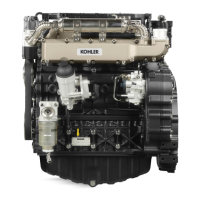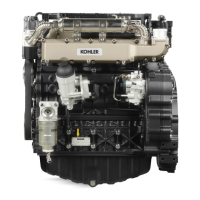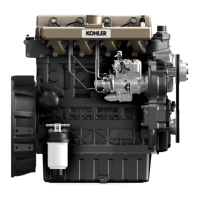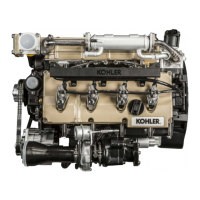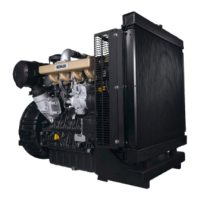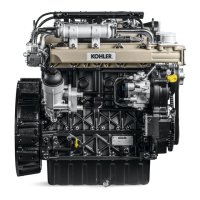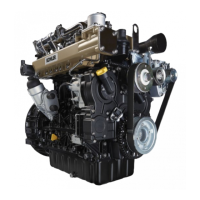22
Tab. 2.2
Tab. 2.3
Tab. 2.4
ED0053030410
TECHNICAL INFORMATION
2.4.2 International lubricant specications
• They define performances, procedures and laboratory tests
that lubricants must pass successfully to be considered
suitable and in compliance with the type of lubrication
required.
• Check the code on the oil container to understand and
compare the characteristics of the lubricant to be chosen.
2.4 Oil
Important
• The engine may be damaged if operated with improper oil
level.
• Do not exceed the MAX level because a sudden increase in
engine rpm could be caused by its combustion.
• Use only the recommended oil to ensure adequate protection,
efficiency and service life of the engine.
• The use of lubricants other than recommended may shorten
the engine life.
• Viscosity must be appropriate to the ambient temperature to
which the engine is to be exposed Par. 2.4.1).
Danger
• Prolonged skin contact with the exhausted engine oil can
cause cancer of the skin.
• If contact with oil cannot be avoided, thoroughly wash your
hands with soap and water as soon as possible.
• For the exhausted oil disposal, refer to the Par. 3.6.
2.4.1 SAE oil classication
• In the SAE classification, oils are identified according
to viscosity without considering any other qualitative
characteristic.
• The code is made up of two numbers. The first number refers
to the viscosity when cold, for use during winter ("W"= winter),
while the second number is for viscosity at high temperatures.
A.P.I (American Petroleum Institute).
MIL U.S.A. military engine oil specication.
ACEA European Automobile Manufacturers Association.
• A specification with a greater number or letter is preferable
to one with a lower number or letter.
• For the purchase of oil refer to Tab. 2.2.
RECOMMENDED OIL
VISCOSITY SAE
5W-30 (≥ -25°C)
0W-30 (< -25°C)
LOW S.A.P.S.
WITH SPECIFICATIONS
API CJ-4
ACEA E6 - E7 - E9
N. B.: Low S.A.P.S. technology (fuel with low Sulphate, Phosphorous, Sulphur content) keeps catalyst in working conditions.
The presence of sulfate, phosphorus and sulfur ashes causes with time the catalyst clogging and its consequent inefciency.
CLASSIFICATION DESCRIPTION ACEA SPECIFICATION
E6 Long drain LOW S.A.P.S.
E7 High power over long distances (Euro 4 - 5 engines)
E9 Long drain MID S.A.P.S.
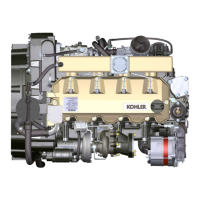
